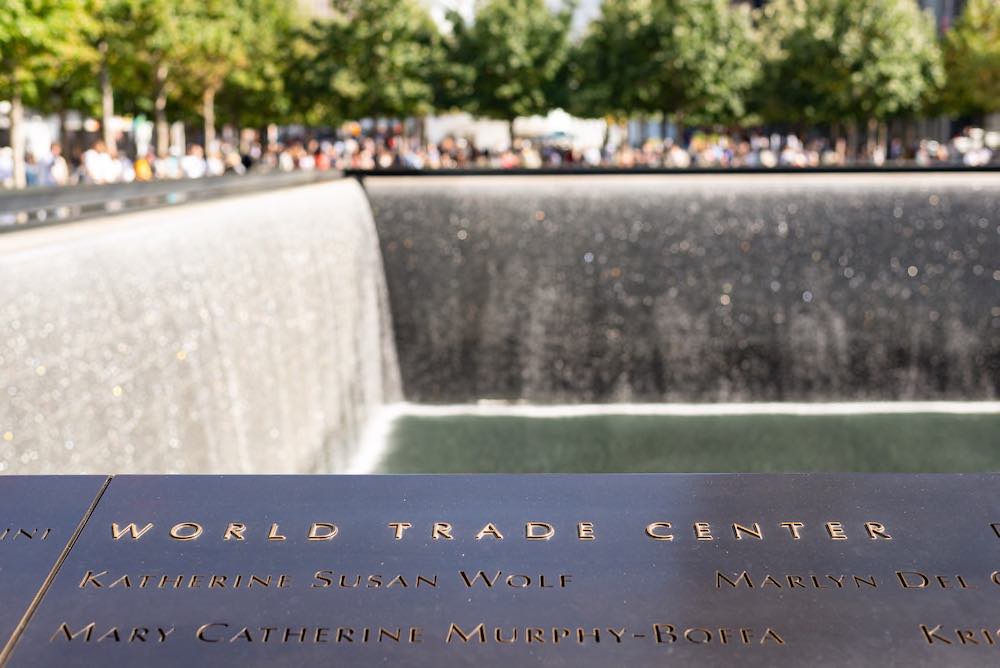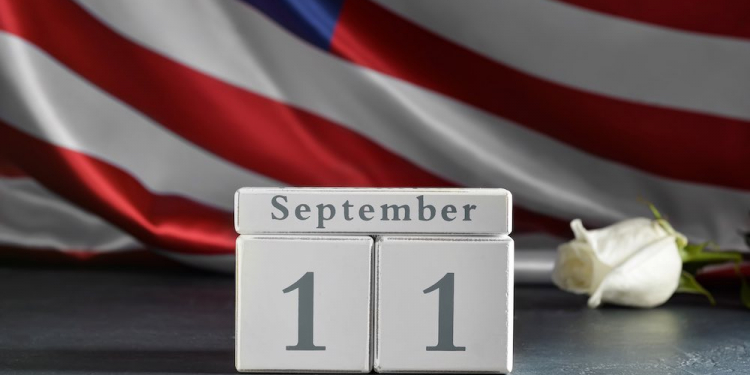The events of 9/11 were one of the most devastating terrorist attacks in US history. Some of the first individuals affected were police officers, first responders, people living and fleeing the area, and volunteers involved with debris cleanup. The September 11 Victim Compensation Fund (VCF) was then set up to provide financial assistance for survivors injured and otherwise affected by the aftermath of the attacks. It also covers victims who have since developed 9/11 related illnesses and disabilities today.
The fund has been functioning as a permanent fund to beneficiaries since 2019 and will be active for many decades in the future. It mainly focuses on people closest to and around the Exposure Zone close to New York’s World Trade Center, the Pentagon, and Shanksville, Pennsylvania.
If you’re thinking of filing a claim for the compensation act, it will be helpful to review the full timeline of its development. This will help you understand how it can help you today and in the future. It could also inform you if you’re qualified for such claims. Read below to take a look at how the VCF has progressed over the years and where it is now.

- The Air Transportation Safety And System Stabilization Act Signed Into Law
The first phase of what would become the VCF started with former president Bush in 2001. He signed The Air Transportation Safety and System Stabilization Association (ATSSA) act. The act was passed to immediately dispense emergency funds for airlines, passengers, and crew to support the aviation industry.
Individuals or companies would consult an attorney to review claims and meet the eligibility criteria to qualify for compensation. At that point, the act was to benefit claimants who were also affected by the four main aircraft crashes during the terror attacks.
It also made provisions for property damage to buildings sustained in New York and airlines who had their aircrafts destroyed in the attacks. The total payout reached approximately USD$1.2 billion.
- Congress Approves The September 11 Victims Compensation Fund
A few years later, congress approved the September 11 VCF, likely as an expansion of the original ATSSA act in December 2003. It was likely meant as an expansion to the original ATSSA act.
Unlike the ATSSA act, this VCF was then opened to all claimants affected by the US terror attacks. This included people affected by falling debris, smoke inhalation, family loss, and all physical injuries related to being close to Ground Zero.
Individuals had to prove that they were near the affected zone and the resulting injury to get their claims approved. The VCF was then closed to new claims later that year after payouts to thousands of claimants that totaled around USD$7 billion.
- The James Zadroga 9/11 Health And Compensation Act Passed
Around 2010, former President Obama signed the James Zadroga 9/11 Health and Compensation Act. It was finally approved by Congress after activists, advocates, and civil unions campaigned for continued support after the original VFC closure in 2003. The new act served as an updated version of the original VFC but provided longer-term funding.
The act was aptly named after the New York City police officer James Zadroga who later contracted a respiratory illness due to his rescue efforts during the terrorist attacks. Zadroga’s death highlighted the potential health impact that the terror attacks could have on those nearest to the crash site. Moreover, it legitimized the need for an ongoing compensation fund for such victims.
This was after warnings and renewed fears that the September 11 terror attacks could’ve exposed people to toxins released in the air. Additionally, this was also on top of chronic health issues and long-lasting illnesses that required long-term medical treatment and disability claims for victims.
In 2015, the James Zadroga Act was then subsequently renewed in law by Congress and signed by the president. This renewal made the act valid for another five years.
- Re-Authorization Of The September 11 Victims Compensation Fund
In 2019 it was announced that the renewed VCF could run out of funds and might have to cut approval claims by half and in due time up to 70%. Due to this, the fund had to then be taken back to congress. This was in addition to the five-year validity period of the James Zadroga Act that was coming to an end.
Congress heard testimony by first responders, police officers, supporters, and sponsors as to why the funds needed further funding. This gave way to congress finally passing the Never Forget The Heroes: Permanent Authorization of the September 11th Victim Compensation Act.
This re-authorized Victim Compensation Act and made it permanently valid so victims could keep filing claims. Finally, later that year in 2019, former President Trump then signed the act into law. The reauthorized act would start taking new claims in December 2020 and would do so until the end of its validity period in 2090.
Additionally, you could use the information below as a guide if you’re considering filing your claim.
Seeking Compensation Today
If you’re planning on filing a claim for the Victim Compensation Act in this current era, you may need to review some useful tips to help guide you. First, it’s advised for you to consult with a 9/11 victims claim lawyer. They are the experts who can advise you on how to get started and eventually provide information and analysis on the claim if it’s approved. A victim’s claim lawyer can also work out the total payout that you’re to expect and assess if it’s a fair amount to cover your illness.
The average time it takes to file, claim, and get your compensation is around two years. This processing time is due to the number of people who file and the volume of claims the VFC has to process. This is also an ideal reason to hire a lawyer. They can streamline the process and cut around the formalities that end up causing delays for applicants who try to take on the procedure alone.
Second, you’ll need to have some proof that your illness or disability was caused by the events of 9/11. Your medical history is a good place to start collecting evidence. You can visit your doctor’s office to obtain these documents as doctors are obligated to keep your medical records and diagnoses for future references. Getting your doctor’s certificate will also work to your benefit during the claims filing procedure as it ensures that the evidence you have is credible.
The VCF also has a medical chart and Health Program they will use to determine if you’re eligible depending on your location at the time and how much time you spent there. For example, once such criteria are proving that you were on the lower side of Canal Street or in proximity to Ground Zero from the time the planes struck the Twin Towers to the time of evacuation. Furthermore, your illness has to also be recognized as one of the official 9/11 related illnesses of the Health Program. These include certain types of cancers and chronic respiratory infections.
Appealing The Claims Decision
For instance, you’re unsatisfied with the claims decision because the compensation won’t meet your needs or it was simply denied. Therefore, you’ll have the opportunity to appeal if you have received an appeal form with your claim letter. This appeal must be filed within a month from the date you receive your claim back.
Expect filing an appeal means that your claims process and getting your compensation will take longer. The VCF has to process the alterations you’ve made in your appeal and stack them against your original claim. There’s no timeline of how long the appeal could take. So the only option, in this case, is to wait for the claim to return to you.
To avoid your claim being denied, you must provide accurate and credible documentation in your first claim. If you were a worker, volunteer, or resident near Ground Zero, you can use a printed work schedule from the day or property with your name and address on it. Appealing the funding amount will need valid reasons supported by your lawyer or doctor. This can be a letter explaining that the cost of your treatment or living expenses can’t be covered by the claim’s original payout.
Conclusion
The 9/11 VCF has gone through extensive changes and renewals since its start in 2001. Over the years as it progressed, it opened up to compensate more people adjacently affected by the terror attacks.
It covered disabilities, injuries, health issues, loss, and infrastructure damage to people and companies alike. Due to the long-term health effects of the terror attacks, advocates and activists worked to keep the act ongoing.
Their efforts eventually resulted in the reauthorization act that finally approved victim compensation permanently. This ensures that even today and in the future, new and existing claimants will be taken care of for the next 70 years to come.
Author’s Bio:
Ariel Flair has over 15 years of experience as a legal specialist. He shares his knowledge about legalities and law by conducting webinars. He also writes helpful blog posts and guest posts. Ariel enjoys hiking and biking in his free time.






























Discussion about this post